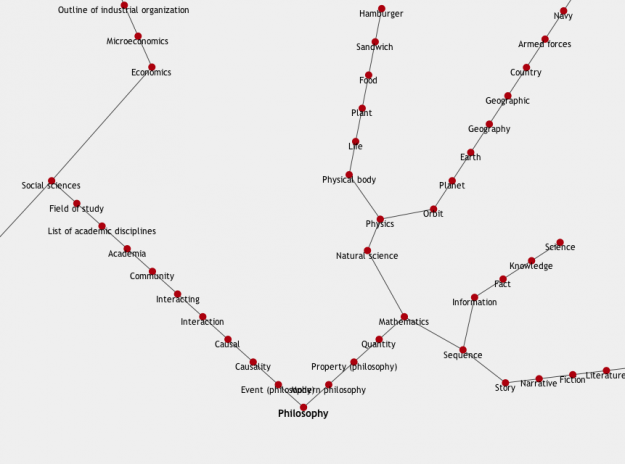This is broken. Wikipedia won’t take an author’s word for what his novel is about… The beauty of this piece on the New Yorker has become the secondary source Wikipedia requires.
“I am Philip Roth. I had reason recently to read for the first time the Wikipedia entry discussing my novel “The Human Stain.” The entry contains a serious misstatement that I would like to ask to have removed. This item entered Wikipedia not from the world of truthfulness but from the babble of literary gossip—there is no truth in it at all.
Yet when, through an official interlocutor, I recently petitioned Wikipedia to delete this misstatement, along with two others, my interlocutor was told by the “English Wikipedia Administrator”—in a letter dated August 25th and addressed to my interlocutor—that I, Roth, was not a credible source: “I understand your point that the author is the greatest authority on their own work,” writes the Wikipedia Administrator—“but we require secondary sources.”
Here’s the Wikipedia article incorporating Roth’s denial.
“On September 7, 2012, Roth wrote, in the The New Yorker, an open letter to Wikipedia in which he stated that his novel was based on an incident in the life of his friend, Melvin Tumin, professor of sociology at Princeton. According to Roth, Tumin noticed midway through the semester, that two students enrolled in one of his courses had not attended class or contacted him. He asked the class (as does the character Coleman Silk) about the missing students: “Does anyone know these people? Do they exist or are they spooks?” Tumin then learned the students were African-American; he spent several months providing depositions to clear up suspicions regarding his use of the sometimes racially charged term “spooks“. Roth notes the irony that Tumin was a noted specialist in race relations.[12] In response to the claim that The Human Stain was inspired by the life of the Anatole Broyard, Roth wrote that he barely knew Broyard, and, “Neither Broyard nor anyone associated with Broyard had anything to do with my imagining anything in ‘The Human Stain.'”[12]“








 There are
There are 

There’s an Internet Law that describes why you people don’t comment…
It’s called the 1% Rule. It has its own wikipedia article. And getting a wikipedia article is more difficult than you might think. So it must be true.
But here:
That explains it.
January 13, 2011